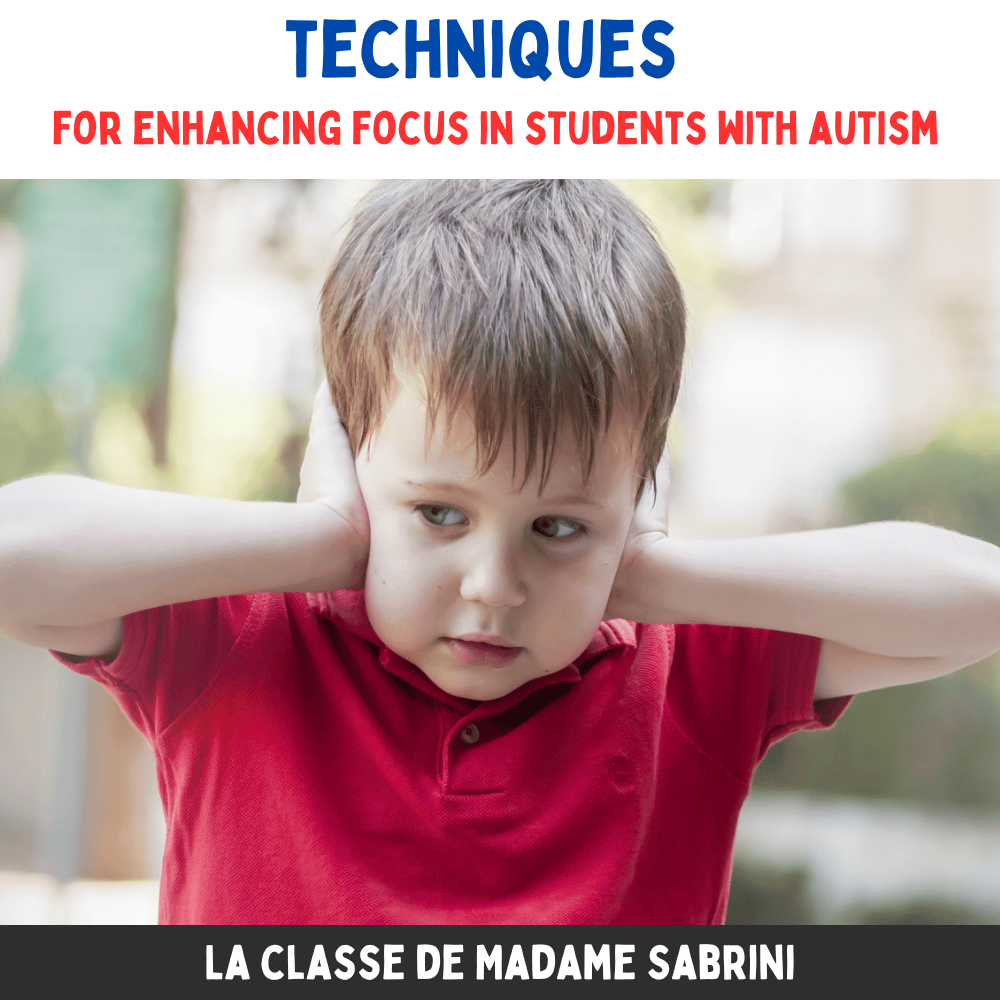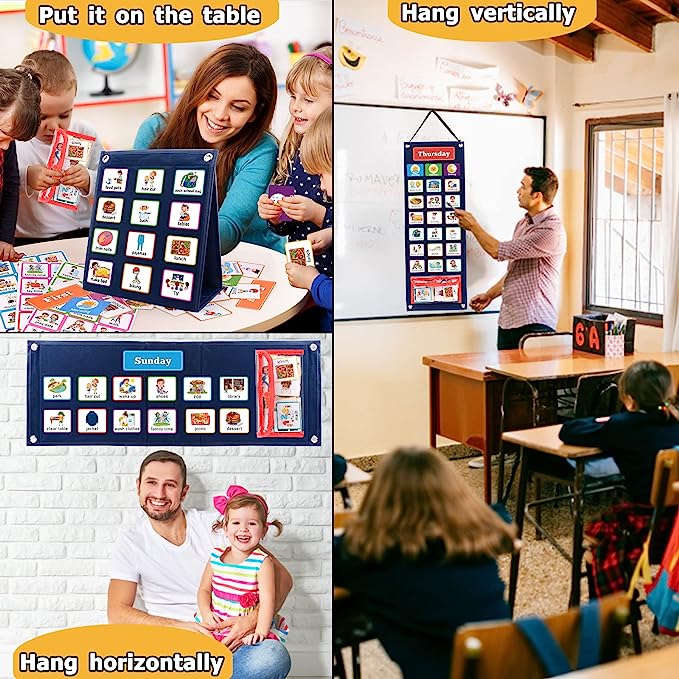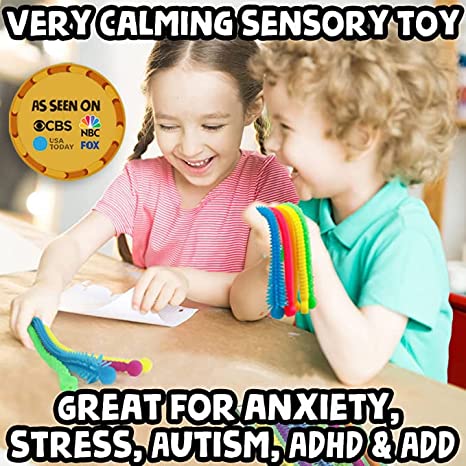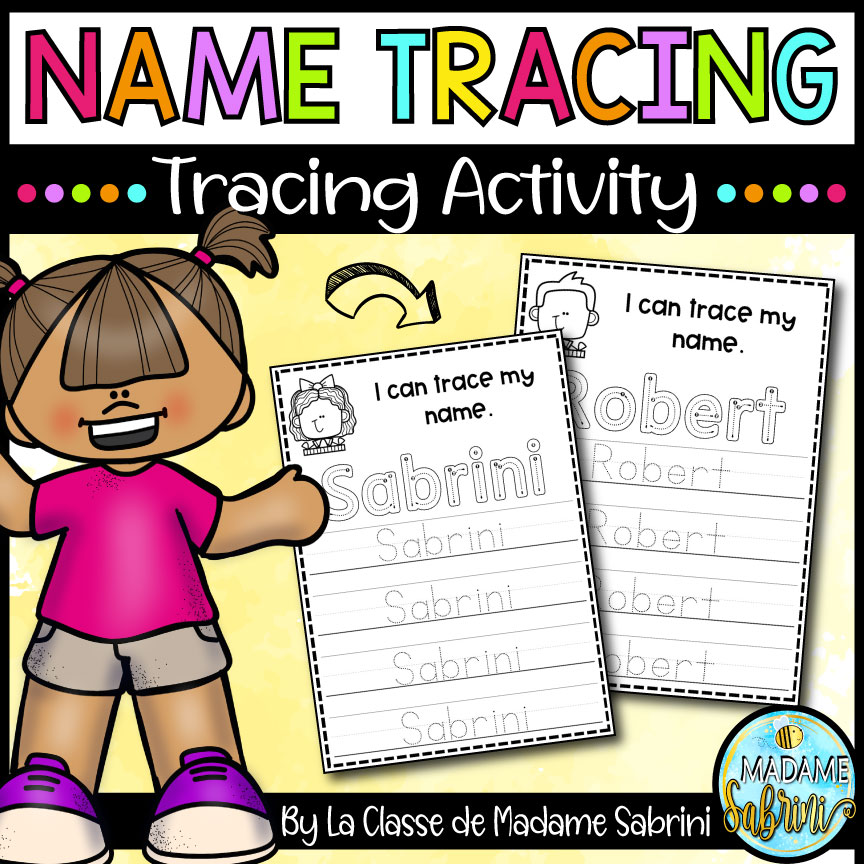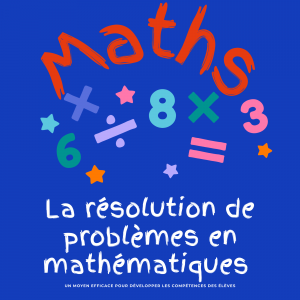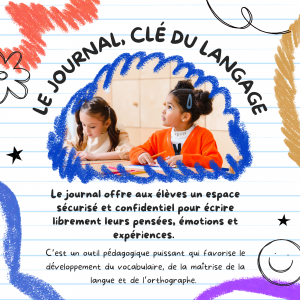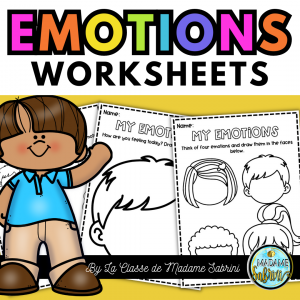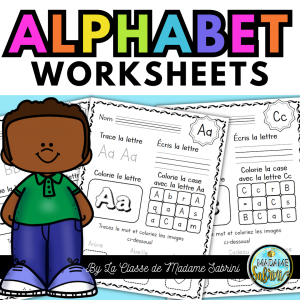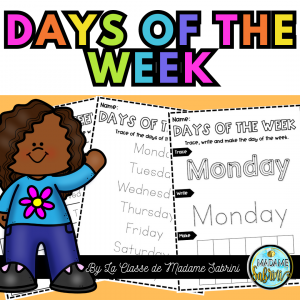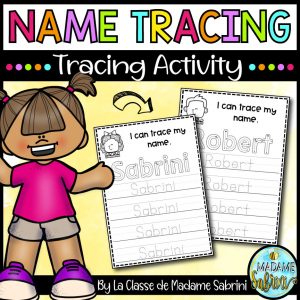This post may contain affiliate links which means I may receive a commission for purchases made through links. I will only recommend products that I have personally used! Learn more on my Private Policy page.
Autism can present unique challenges for students in the classroom setting, including difficulty with focus. This can lead to increased anxiety and frustration for both the student and the educator. Fortunately, there are strategies that educators can use to help autism students focus on learning. In this blog post, we will discuss five techniques that can be used to enhance autism student focus in learning.
1) Understand Autism Spectrum Disorder
As a teacher, it’s important to have a deep understanding of Autism Spectrum Disorder (ASD) to effectively help students with autism. It’s a neurological condition that affects a person’s social interactions, communication skills, and behavior.
People with ASD may have difficulties with sensory processing, which can cause distractions and make it challenging for them to focus on learning. It’s crucial for teachers to create a comfortable and accepting environment that promotes successful learning.
Additionally, it’s important to understand the unique strengths and challenges of each individual student with autism. They may have exceptional memory, be highly skilled in visual or auditory processing, or have difficulties with fine motor skills or social communication.
In understanding the different aspects of ASD, teachers can better develop strategies to help their students stay focused and engaged in their learning. Some effective strategies may include providing clear instructions, simplifying complex concepts, using visual aids, and breaking down tasks into smaller, manageable steps. Ultimately, understanding autism spectrum disorder is the first step in creating an effective learning environment for all students.
2) Provide Structure and Consistency
One of the most important strategies for helping students with autism maintain focus in the classroom is to provide structure and consistency. Students with autism thrive in environments where they can predict what will happen next, so it’s important for the teacher to establish a clear routine and stick to it as much as possible.
To provide structure and consistency in the classroom, the teacher can:
1. Establish a daily routine that includes specific times for each subject or activity.
2. Use a visual schedule to help students with autism see what will happen next in their day.
3. Keep the classroom environment organized and free from distractions that could derail students from their focus.
4. Use consistent cues or prompts to signal transitions between activities.
5. Provide clear expectations and guidelines for behavior and work completion, so students know what is expected of them.
By providing structure and consistency in the classroom, teachers can help students with autism maintain focus on learning, which can lead to greater success and achievement.
3) Use Visual Aids
One of the most effective ways to help students with autism stay focused in learning is through the use of visual aids. This includes pictures, diagrams, charts, and graphs. Visual aids are helpful because they can help students with autism better understand concepts and retain information.
As a teacher, you can help your students by providing them with visual aids that cater to their specific learning style. For instance, some students may benefit from the use of color-coding or using larger font sizes to help them stay focused on the information presented.
Incorporating visual aids into your teaching strategies can also help you break down complex ideas into smaller, more manageable parts. This is important because students with autism may have difficulty processing large amounts of information at once. By breaking down the information into visual chunks, you can help them focus and learn more effectively.
When using visual aids, it’s important to keep them simple and clear. Avoid adding too many distractions or irrelevant information, as this can confuse and distract students with autism. Focus on providing visual aids that support the main point of your lesson.
Ultimately, the use of visual aids is an effective strategy to enhance the learning experience for students with autism. By catering to their learning style and providing them with clear, concise information, you can help them stay focused and achieve academic success.
4) Incorporate Sensory Integration
Incorporating sensory integration into the classroom can be a great help in enhancing the focus and learning ability of students with autism. This strategy recognizes the importance of providing a learning environment that is tailored to the unique needs of each student with ASD. The main objective is to provide a multi-sensory approach to teaching that taps into each student’s learning strengths and interests.
A teacher can help a student with autism to focus better by incorporating different sensory inputs into their lessons. For example, visual aids such as colorful posters or diagrams can be helpful for students who are more visually-oriented. On the other hand, some students may find it easier to concentrate when listening to music or sounds that are soothing to them. Kinesthetic learners, meanwhile, may benefit from incorporating hands-on activities into the lesson.
Strategies that promote sensory integration may include using a sensory table filled with materials such as sand, rice or beans, providing various types of textured toys, or playing calming music in the background during class time. By providing multiple sensory experiences, teachers can help students stay focused on the lesson at hand and become more engaged in the learning process.
Sensory integration is a powerful tool that can help students with autism improve their concentration and focus in the classroom. Teachers who use this technique are better equipped to create a positive and engaging learning environment that meets the unique needs of each student with ASD. By incorporating sensory activities and materials, teachers can help students stay focused, motivated, and eager to learn.
5) Implement Reinforcement Strategies
One of the most effective ways to keep students with autism focused in learning is by using reinforcement strategies. Reinforcement strategies involve rewarding desired behavior to encourage students to continue doing it. As a teacher, there are several reinforcement strategies you can use to help your students with autism focus and succeed in their learning journey.
One of the simplest reinforcement strategies is to provide verbal praise. Whenever a student exhibits a desired behavior, such as staying on task, completing an assignment, or participating in a classroom activity, give them positive feedback. Let them know that you are proud of them and their efforts. This positive feedback can go a long way in helping them feel motivated and focused on their learning.
Another reinforcement strategy is to use token economies. Token economies involve giving students a token, such as a sticker or a small toy, when they exhibit a desired behavior. Once they collect a certain number of tokens, they can exchange them for a larger reward, such as extra time on the computer or a special activity. Token economies are particularly effective for students who are motivated by tangible rewards.
You can also use social reinforcement strategies to keep students with autism focused. Social reinforcement involves using social praise and recognition to reward students for their efforts. For example, you can praise a student in front of their peers for their hard work or invite them to share their success with the class. Social reinforcement can help students with autism feel more connected to their peers and motivated to continue learning.
Finally, you can use goal setting as a reinforcement strategy. Set specific goals with your students and help them work towards achieving them. Celebrate their successes and help them identify areas where they can continue to improve. Goal setting can help students with autism focus on specific learning outcomes and stay motivated to achieve them.
Implementing reinforcement strategies can help students with autism stay focused and engaged in their learning. As a teacher, it is important to understand the unique needs of each student and use strategies that work best for them. By providing consistent support and using reinforcement strategies, you can help your students with autism succeed in their academic and personal growth.

